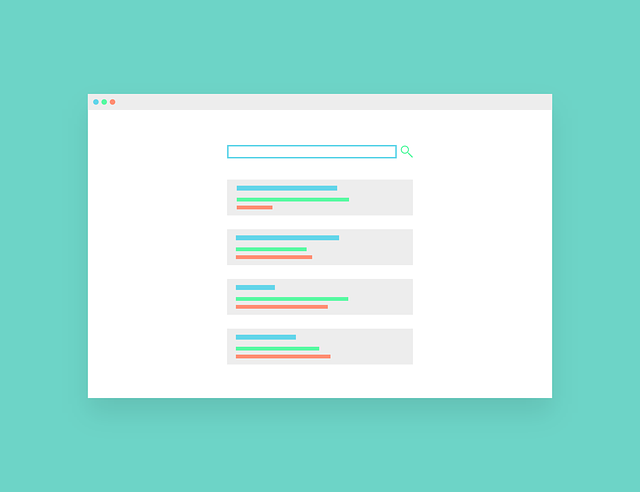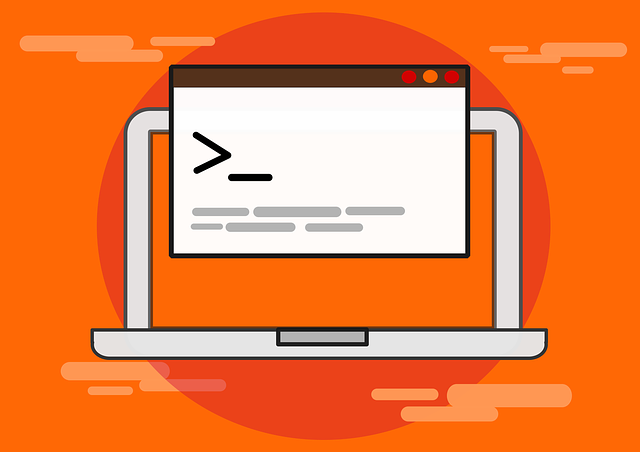They were pleased, therefore, when Gompa and Fedora knocked on their virtual door. Besides making Linux on modern Macs more accessible, Martin said that the Asahi team could focus “on what we do best: reverse engineer hardware and develop bespoke drivers and software. But not only that, but it also means we can offer an even better experience for Linux on Apple Silicon users.”
For example, Gompa explained that Fedora Workstation will be available on the M1/M2 hardware in GNOME and KDE versions. These are essentially the “spins just tweaked and enabled to ship on Apple silicon hardware.” There’s also a server and minimal installation. The Fedora KDE variant is the flagship of this new Fedora family Linux.
What does that mean for you? Gompa explained: “You can buy a Mac Mini and run it keep it in your bedroom, and not hate your life.” Cavalca added, “If you’re just doing simple stuff like a browser and some documents and whatever, it’s actually in a good working state. I use it as a daily driver.”
Also: The most important reason you should be using Linux at home
Apple remains uninvolved in this port, which can be a problem. For example, Linux audio speaker support is a real problem because, Gompa said, “there’s no firmware on the speakers to actually keep them from blowing up there. It’s all entirely software controlled by the operating system. So you can pump as much volume as you want. And you can fry them.” He added: “Going to an Apple store to repair your laptop after you’ve blown up the speakers like that is a dicey move.”
It’s not all a pain, however. Gompa observed:
“Apple’s like every other normal PC maker. They don’t actually change everything all the bloody time because it makes their own software development lives hell. So what they’ve done is built an internal standard platform, and they build on top of that for every successive platform. So a lot of the stuff we built originally for the M1, also worked for the M1 Pro, M1 Max, M2, and so on. On top of that, Apple has a high tendency of reusing its hardware configurations across generations. So a lot of the drivers’ stuff we’ve done has essentially been able to be one-to-one reuse. The main thing is that oftentimes ports change and the internal configuration for device reasons, whatever, but the actual drivers and enablement work tends not to be too bad. Sometimes there are some new quirks that must be dealt with. But that’s no different than what happens on x86.”
Martin added: “We’re still working out the kinks and making things even better, so we are not quite ready to call this a release yet. We aim to officially release the Fedora Asahi Remix by the end of August 2023. Look forward to many new features, machine support, and more.”
Also: Linux Mint 21.2: Your new and improved Linux desktop for the next three years
Looking ahead, Martin proclaimed, “The new Asahi Linux flagship distribution will be Fedora Asahi Remix!”
























+ There are no comments
Add yours